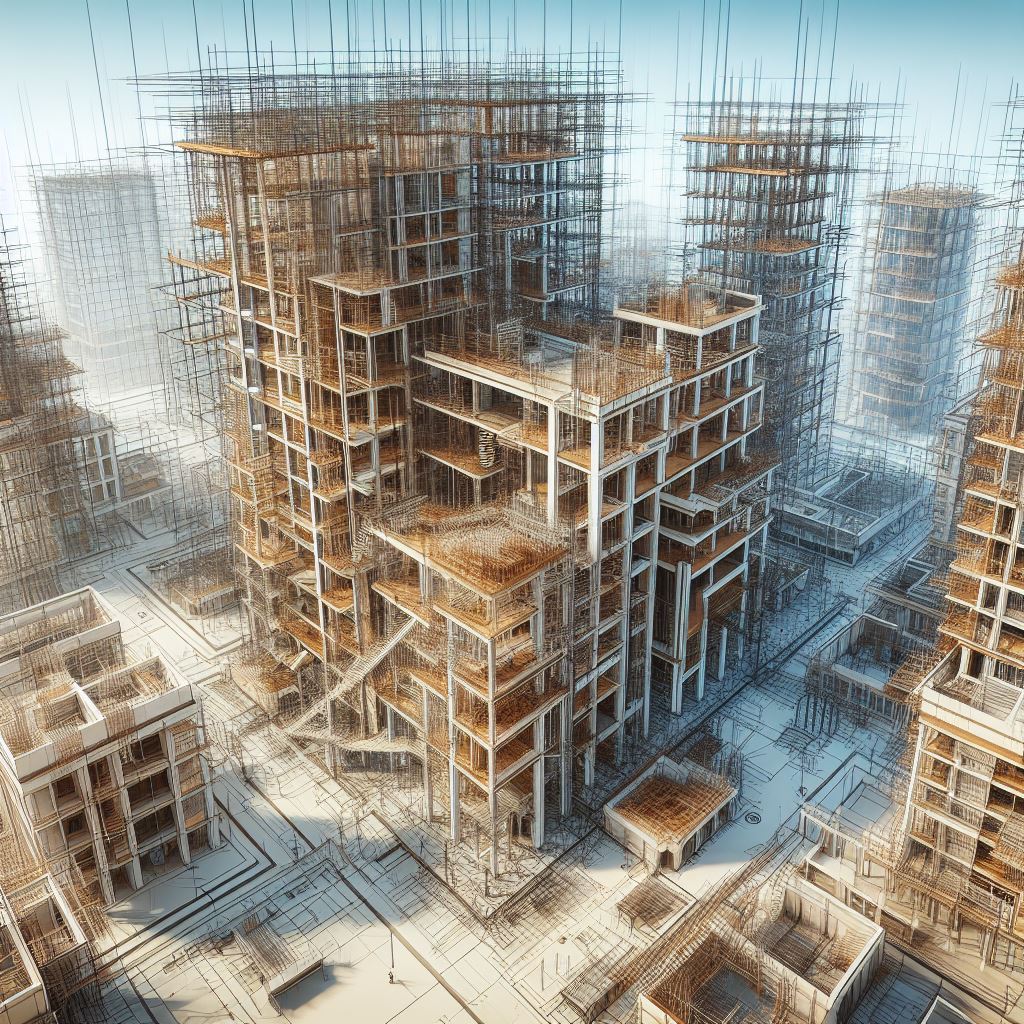In the dynamic world of hospitality, where guest experiences are paramount, mastering MEP (Mechanical, Electrical, and Plumbing) design is essential

In the pursuit of sustainable and energy-efficient buildings, the integration of passive design strategies has become paramount. These strategies leverage natural resources to minimize the reliance on artificial heating, cooling, and lighting systems, contributing to both environmental conservation and operational cost reduction. In this blog post, we will explore the principles, benefits, and implementation of passive design strategies, emphasizing the crucial role of structural engineering in their effective and aesthetically pleasing integration.
Optimal building orientation is a fundamental aspect of passive design. By aligning a structure to harness the sun’s path, architects and structural engineers can maximize solar gain during the colder months and minimize direct sunlight exposure during warmer months. This reduces the need for artificial heating and cooling.
Proper insulation is key to maintaining a stable internal temperature. Structural Engineering collaborate with architects to select and position insulation materials effectively. This minimizes heat transfer through walls, roofs, and floors, ensuring thermal comfort for occupants.
Passive ventilation takes advantage of natural air movements to regulate indoor temperatures. Structural engineers contribute by designing spaces that facilitate cross-ventilation, allowing fresh air to circulate and providing effective thermal comfort without relying on mechanical systems.
Strategic shading is crucial in preventing excessive solar exposure, reducing the need for air conditioning. Structural engineers collaborate on the design of overhangs, awnings, and exterior shading devices that optimize sunlight penetration while minimizing heat gain.
Passive design significantly reduces a building’s reliance on mechanical heating and cooling systems, resulting in substantial energy savings and lower operational costs over the building’s lifespan.
By harnessing natural resources, passive design minimizes the environmental impact associated with energy consumption. This aligns with global sustainability goals and reduces a building’s carbon footprint.
Passive design creates a more comfortable indoor environment by maintaining consistent temperatures, adequate natural light, and improved air quality. This contributes to occupant well-being and productivity.
Structural engineers collaborate closely with architects from the project’s inception. By participating in the early stages of design, they can influence key decisions related to orientation, building shape, and layout.
Passive design elements are seamlessly integrated into the structural system. Engineers ensure that load-bearing elements support features like large windows for daylighting without compromising structural integrity.
Structural engineers contribute to the aesthetic appeal of passive design features. Whether designing an innovative sunshade or an exposed thermal mass for passive heating, aesthetics and functionality go hand in hand.
At InnoDez, we recognize the transformative power of passive design in creating sustainable and energy-efficient buildings. Our expert structural engineers collaborate with architects to seamlessly integrate passive design features, ensuring a harmonious balance between functionality, aesthetics, and environmental responsibility.
Elevate your project’s sustainability with InnoDez as your structural engineering partner. Contact us today to explore how our expertise can contribute to the successful implementation of passive design strategies in your next project. Build responsibly, build with InnoDez.
About Author
InnoDez